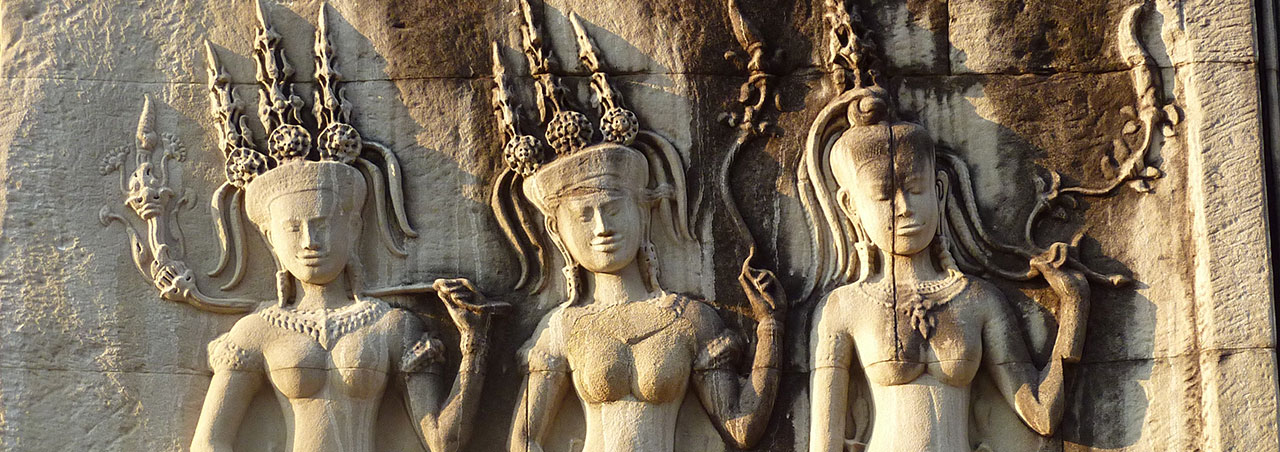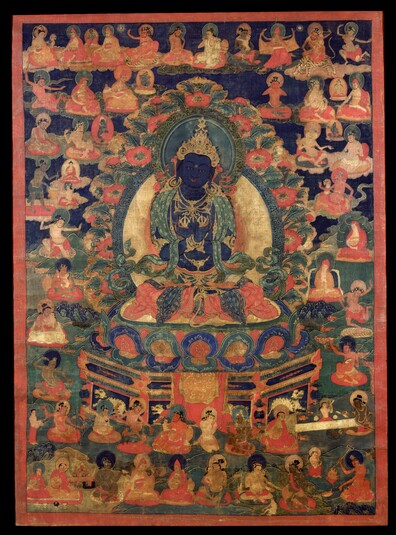Isn’t Light a metaphor for Wisdom, rather than Devotion?
I thought it was interesting to reflect on why devotion was likened to the light in this metaphor. Common metaphors for devotion are in terms of energy to empower something, in terms of receptivity, or openness to the teachings.
So why is devotion likened to light here?
Stand before the mirror
In the metaphor, one brings oneself into relation with the guru, so one stands before the mirror which allows us to see ourselves. It seems that the metaphor is saying that you can be with the guru as much as you want, but without devotion you will not learn anything, not develop realisation – you can stand in front of the mirror as long as you like, but without light you will not see your reflection.
So, devotion is what enables the relationship to work, as a skilful means or method of the path. So why is that? Why does devotion enable this you to see yourself, and enable the guru-student relationship to work?
Perhaps it’s because without devotion, all you see in the mirror of the guru are the reflections of your own ignorance, your own egoistic projections. Without devotion, when you view the guru, you can judge the guru in worldly terms – I like this, I don’t like that about him/her, and then you don’t see yourself, you don’t see into the nature of your mind at all. You just keep perpetuating your ignorant misperceptions.

Devotion and openness
But with devotion, with an openness to the wisdom of the guru, then one can lay aside one’s ego to a degree, and the light of devotion can penetrate the darkness of ignorance, and allow the mirror to really function. So in the relationship with the guru, you start to see yourself as you really are, rather than just the judgements and projections of ignorance.
Well, that’s how devotion being likened to light in the metaphor makes sense to me. It’s interesting how different people see different things in the metaphor, as your own reflections make clear. It’s as though the metaphor also acts as a mirror reflecting back our own understanding to us, each differently.
very best wishes in the Dharma


